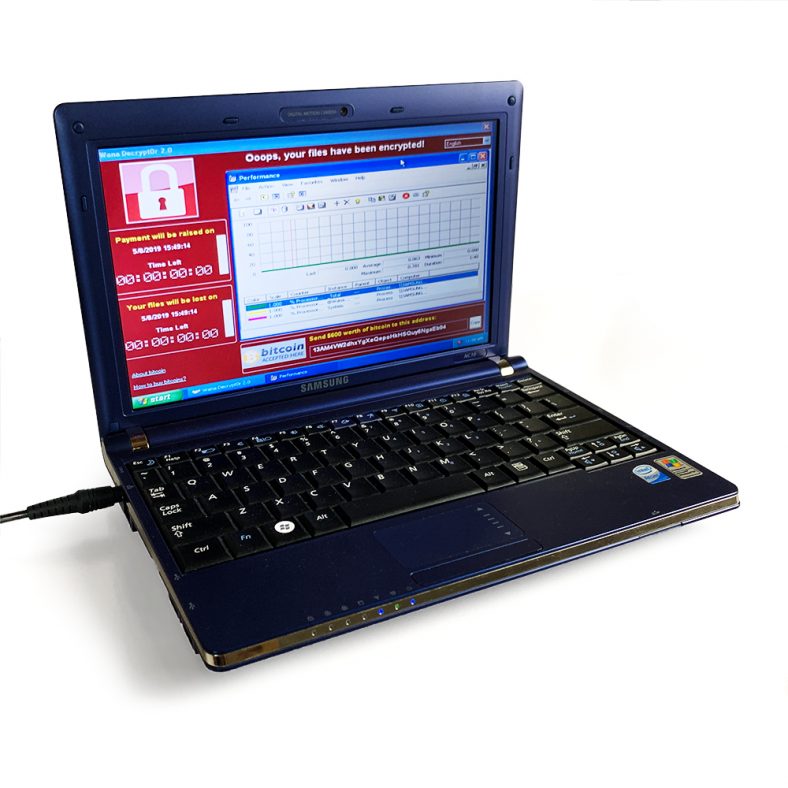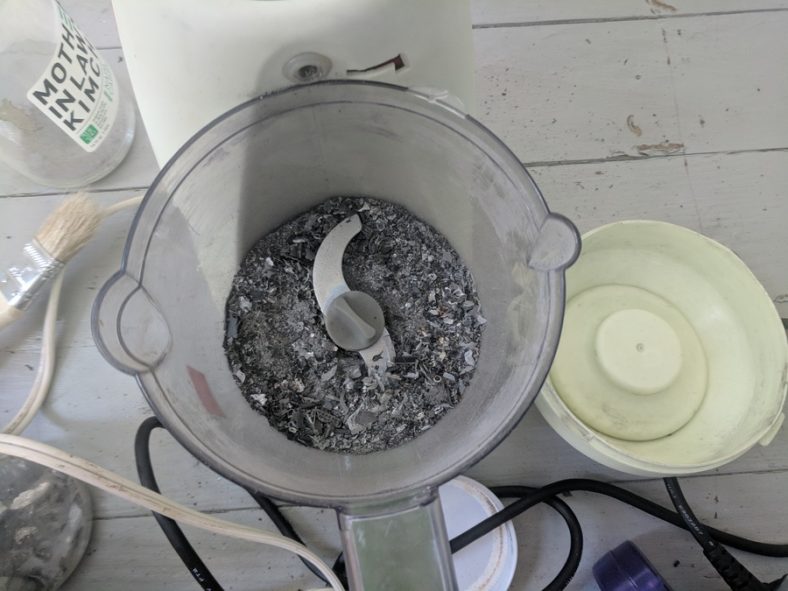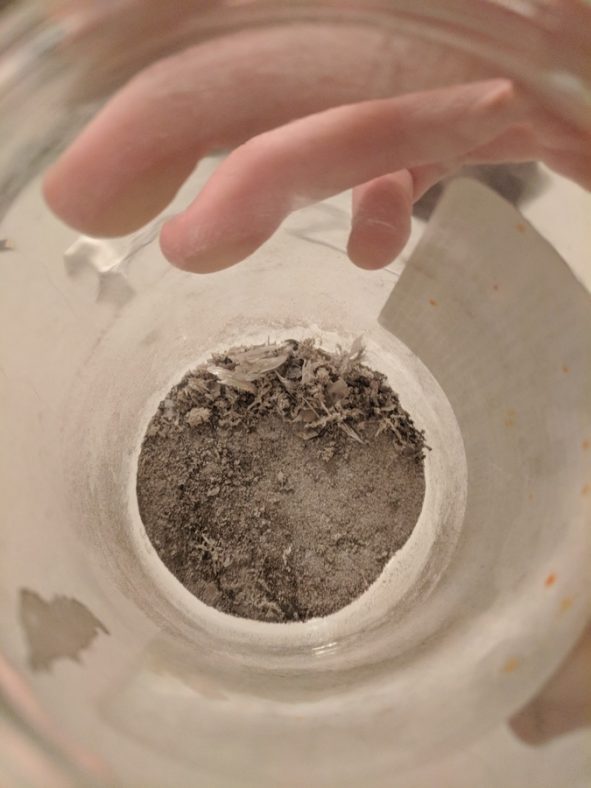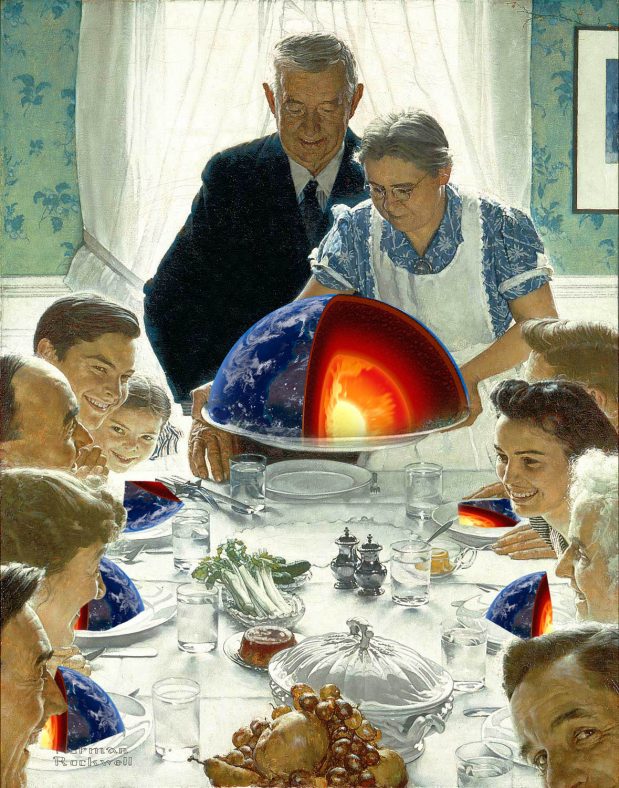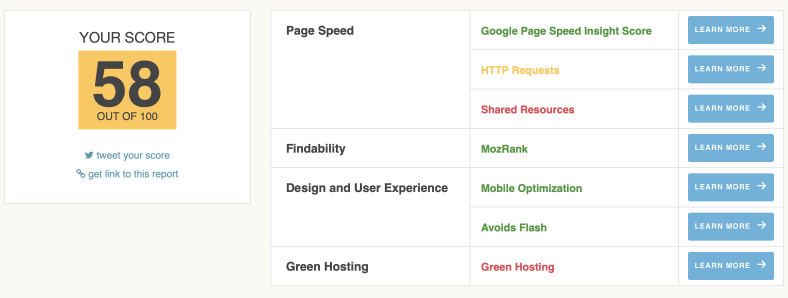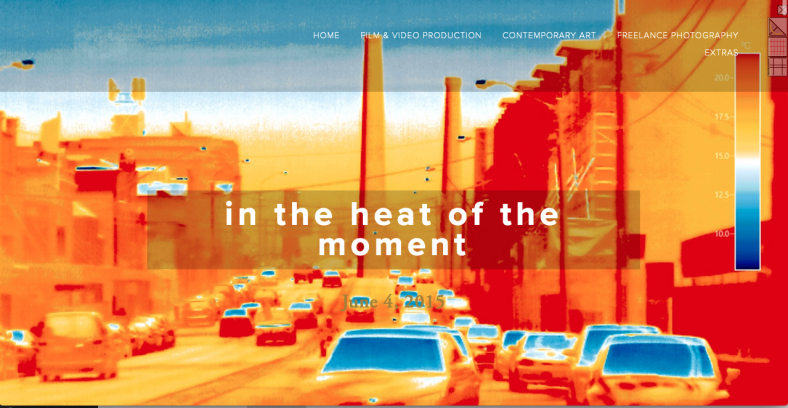
I have taken hundreds of images of the beautiful lake next to our summer cottage. Most often I’ve photographed it with my smart phone made of aluminium, carbon, oxygen, iron, silicon, copper, cobalt, hydrogen, chrome, nickel and 4.9 grams of other materials like gold, tin and zinc.[1][2] It is a small lake with good water quality. There are no fields nearby that would lay down fertilizers to the streams connected to the lake nor are there any mines nearby that could pollute the small lake in a blink of an eye. There’s just the awesome calmness of the forest, a pair of swans and a family of black-throated loons swimming on the lake and me with my smart phone, the end product of all the mining happening somewhere far away from this paradise.
The technology we nowadays use to work, to participate in social media and to consume entertainment looks shiny, pure and clean. Smooth parts made of glass, aluminium and chrome feel and look good and are actively trying to make us forget where they really come from. Designed in California, Assembled in China but mined where and at what expense?
When buying an iPhone we pay around 1000 dollars for it. The materials of an iPhone are calculated to be worth a bit over 1 dollar.[1] Then with the remaining 999 dollars we probably cover the assembling, design, software, logistics, sales and of course the profit for the huge corporation behind it all. That is a lot of money for an average consumer but you might still wonder who in the end pays the biggest price?
Have a look at this awesome sunset at the lake next to our summer cottage that I photographed with 1000 dollars less on my bank account than before buying the smart phone I took this with!

Then have a look at this video by BBC journalist Tim Maughan from the Baotou lake.
[embedyt] https://www.youtube.com/watch?v=t_UdqZdFr-w[/embedyt]
“You may not have heard of Baotou, but the mines and factories here help to keep our modern lives ticking. It is one of the world’s biggest suppliers of “rare earth” minerals. These elements can be found in everything from magnets in wind turbines and electric car motors, to the electronic guts of smartphones and flatscreen TVs. In 2009 China produced 95% of the world’s supply of these elements, and it’s estimated that the Bayan Obo mines just north of Baotou contain 70% of the world’s reserves.”[3]
So who after all is paying the biggest price for sustaining this technology filled modern life? And who collects the profit? Answer to one these questions lies in Baotou. Which one? That should be as obvious as is the whole content of this text. We all know this stuff, we are just so skilled in ignoring unpleasant facts as long as they don’t pollute our own lakes.
Finland does not yet have a toxic lake such as Baotou, the scale is luckily smaller, but already during the last 10 years people living or owning summer houses in Sotkamo, on the shores of the lakes near Talvivaara mine, have suffered from the mining company’s polluting. On 2014 the Supreme Administrative Court of Finland gave a statement that Talvivaara Sotkamo Oy has not been able to obey the rules given in their environmental permit during its whole time of existence. This has changed the way many people in Finland see the mining business and its negative effects on the environment. These mines create jobs but with too extreme consequences for the environment the positive effects get nullified in people’s minds.[4]
This way of thinking seems to work locally inside the Finnish borders but in a way this environmentalism has some nationalistic features. It is still “our lakes” that we are talking about here and even if we quit mining any materials from Finland, we don’t have to quit living the modern life with all the technology. There isn’t that big compromise we have to make. But even though we have seen what mines like Talvivaara can do to our nature I don’t see people wishing to stop this kind of environmentally hazardous mining everywhere outside our borders that strongly because that would have a lot more effects on our comfortable digital lives. And here I am too, using all these devices built from the materials digged from Baotou and contributing to the toxicity of the lake there. But is it individuals who have created this destructive system by wanting to buy new technology with cheaper and cheaper prices? That is how the corporations probably wan’t us to feel about it, but I would point my blaming finger more towards them instead.
References
- https://www.statista.com/chart/10719/materials-used-in-iphone-6/
- https://www.vice.com/en_us/article/433wyq/everything-thats-inside-your-iphone?ex_cid=SigDig
- https://www.bbc.com/future/article/20150402-the-worst-place-on-earth
- https://www.apu.fi/artikkelit/talvivaara-pilatut-jarvivedet-nostivat-ymparistonsuojelun-koko-kansan-puheenaiheeksi-nain-kaikki-tapahtui (In Finnish)


 (Fig. 1: Laying the cables in the early 20th century)
(Fig. 1: Laying the cables in the early 20th century) (Fig 2: Corals growing on one of the old cables)
(Fig 2: Corals growing on one of the old cables)






 INFRAGRAPHY Volume 2. is a compilation of critical student artworks and short essays dealing with the materialities of media technologies and their environmental implications.
INFRAGRAPHY Volume 2. is a compilation of critical student artworks and short essays dealing with the materialities of media technologies and their environmental implications.

